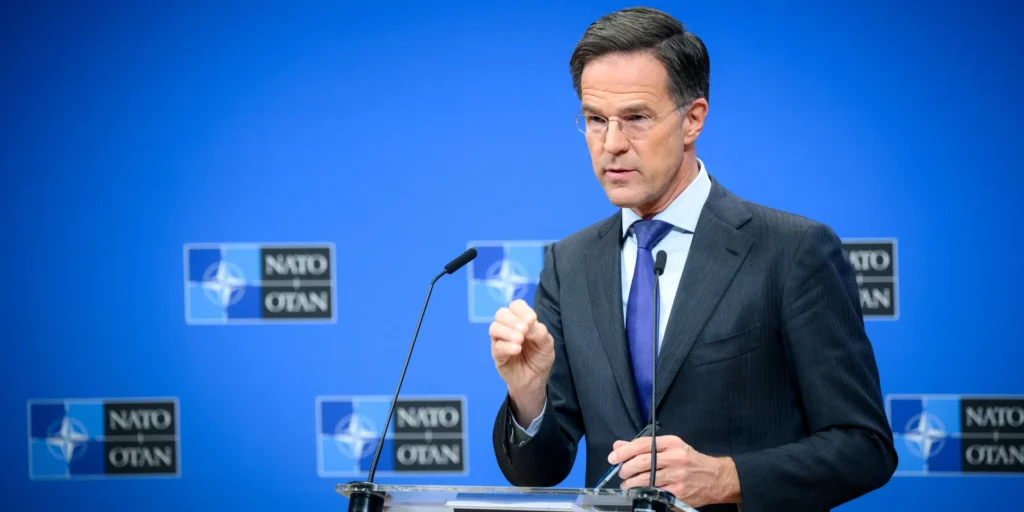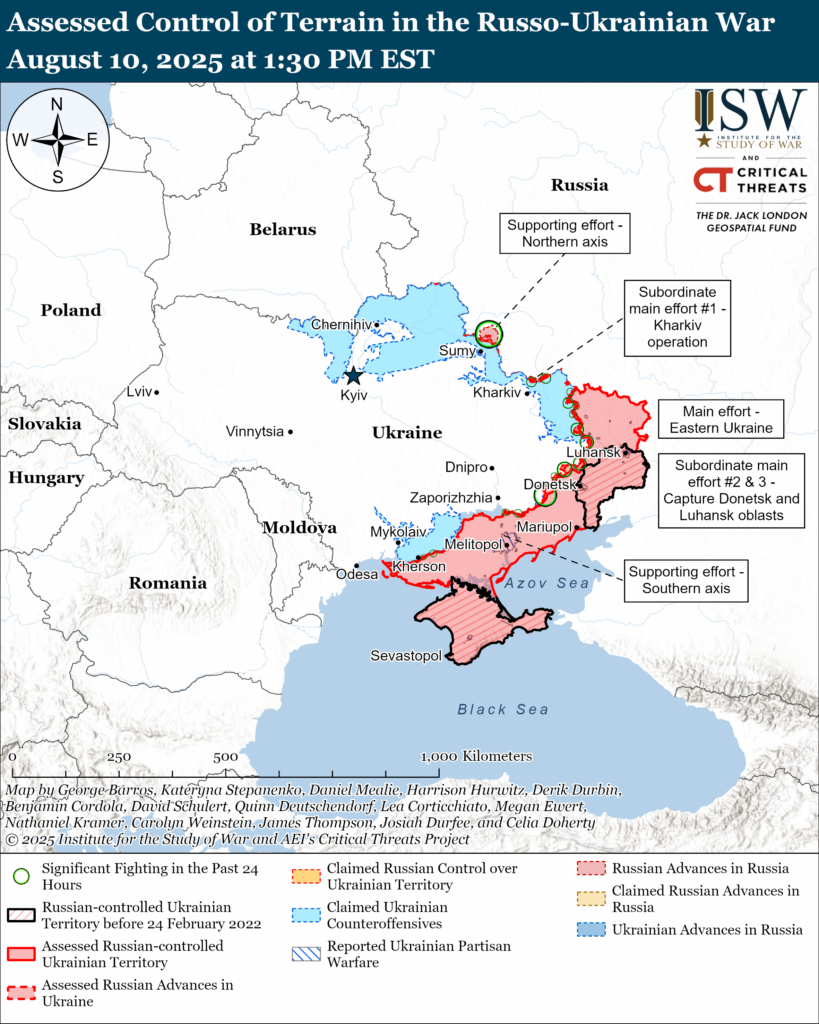NATO chief: weapons keep flowing to Ukraine—even if Trump cuts a deal with Putin in upcoming Alaska meeting

Will NATO abandon Ukraine if Trump and Putin shake hands in Alaska on 15 August?
Not happening, says NATO Secretary General Mark Rutte.
“NATO has not abandoned its commitment to provide Ukraine with everything necessary so that it remains in the fight,” Rutte told CBS News.
The weapons deliveries continue regardless of whatever emerges from the Trump-Putin summit, Rutte claims.
But why meet Putin at all? Trump’s calculation is simple: test whether the Russian leader actually wants peace talks or just more stalling time.
“It’s really crucial that a meeting takes place,” Rutte explained. “President Trump is making sure that Putin is serious.”
The stakes couldn’t be clearer. If Putin proves he’s genuinely interested in negotiations, talks expand to include Ukraine and European allies. If not? “Then it will stop there,” Rutte said.
Ukraine gets left out—for now
Here’s the immediate controversy: Ukraine won’t have a seat at Friday’s table. Putin specifically requested the bilateral format, and Trump agreed to “start off with Russia” before potentially bringing in Ukrainian President Volodymyr Zelenskyy later.
Does this worry NATO? Rutte brushes off the concern. Ukraine “will have to be—and will be—involved” when discussions turn to territory, security guarantees, and actual peace frameworks. The Friday meeting isn’t meant to decide Ukraine’s fate. It’s meant to figure out if serious negotiations are even possible.
Europe pays, America arms Ukraine
Meanwhile, the military support machine keeps churning. Trump’s Priority Ukraine Requirements List system—where European allies buy American weapons for Ukraine—has unlocked hundreds of millions in new commitments. The Netherlands ponied up 500 million euros. Denmark, Norway, and Sweden jointly matched that figure.
Why this matters: European allies are essentially funding American defense contractors to arm Ukraine. It’s politically genius for Trump—he can claim Europeans are paying while keeping American weapons factories humming.
Rutte credits Trump with “opening the floodgates” on weapons deliveries and breaking diplomatic deadlock through direct Putin engagement. Not exactly the criticism many expected from NATO leadership.
The territorial deadlock persists
Can any deal actually work? Here’s where things get complicated fast.
Trump has floated a controversial territorial swap proposal—Ukraine gives up some occupied land to Russia while potentially regaining other territory. The idea aims to break the current stalemate through mutual concessions.
Zelenskyy’s response? Absolutely not. The Ukrainian president firmly rejected any land concessions, stating that Ukrainians will not cede territory to occupiers. Ukraine’s constitution declares its territory “indivisible and inviolable”—making any swap legally problematic even if Zelenskyy wanted to consider it.

The proposal sparked outrage across Ukraine, with many viewing territorial concessions as outright betrayal. Yet polling reveals growing war fatigue: some Ukrainians show slight increased tolerance for territorial compromises following military setbacks in 2023.
Rutte threads this needle carefully. Russian occupation can never be legally recognized, he insists. But negotiations might address “how to deal with the factual situation that the Russians are holding, at this moment, Ukrainian territory.”
European allies echo this tension—supporting Ukraine’s sovereignty while recognizing that frozen conflicts might be the only path to stopping active warfare.
What Trump-Putin meeting actually tests
The 15 August Alaska meeting won’t solve anything definitively. Zelenskyy hasn’t confirmed whether he’ll attend any subsequent talks, adding another layer of uncertainty.
Instead, Friday probes a fundamental question: Does Putin want to end this war or just reset it on better terms?
If Putin arrives ready for genuine concessions, talks could expand quickly. If he’s fishing for sanctions relief while planning more offensives, Trump will likely walk away and let the weapons deliveries speak for themselves.
Either way, NATO’s position is locked: Ukraine gets armed until this ends, regardless of what happens between the world’s two most unpredictable leaders in an Alaskan conference room.
Read also
-
“We’re done funding the Ukraine war — Europeans can take the lead,” Vance says
-
Ukraine President: War’s end must serve European security interests
-
White House may invite Zelenskyy to Alaska for Trump-Putin meeting
-
Ukraine is not real estate deal: Ukrainians see Trump’s land concession proposal as betrayal